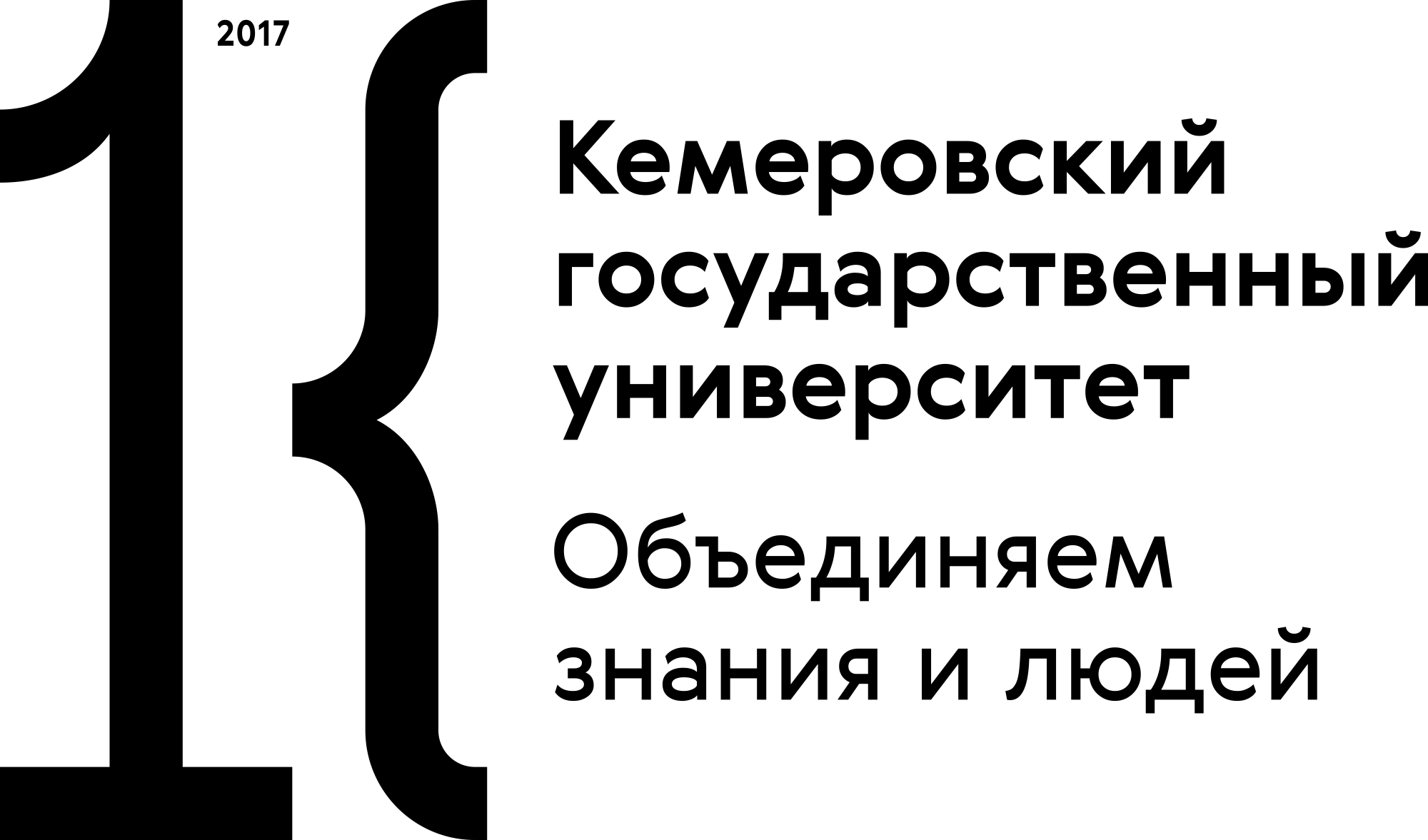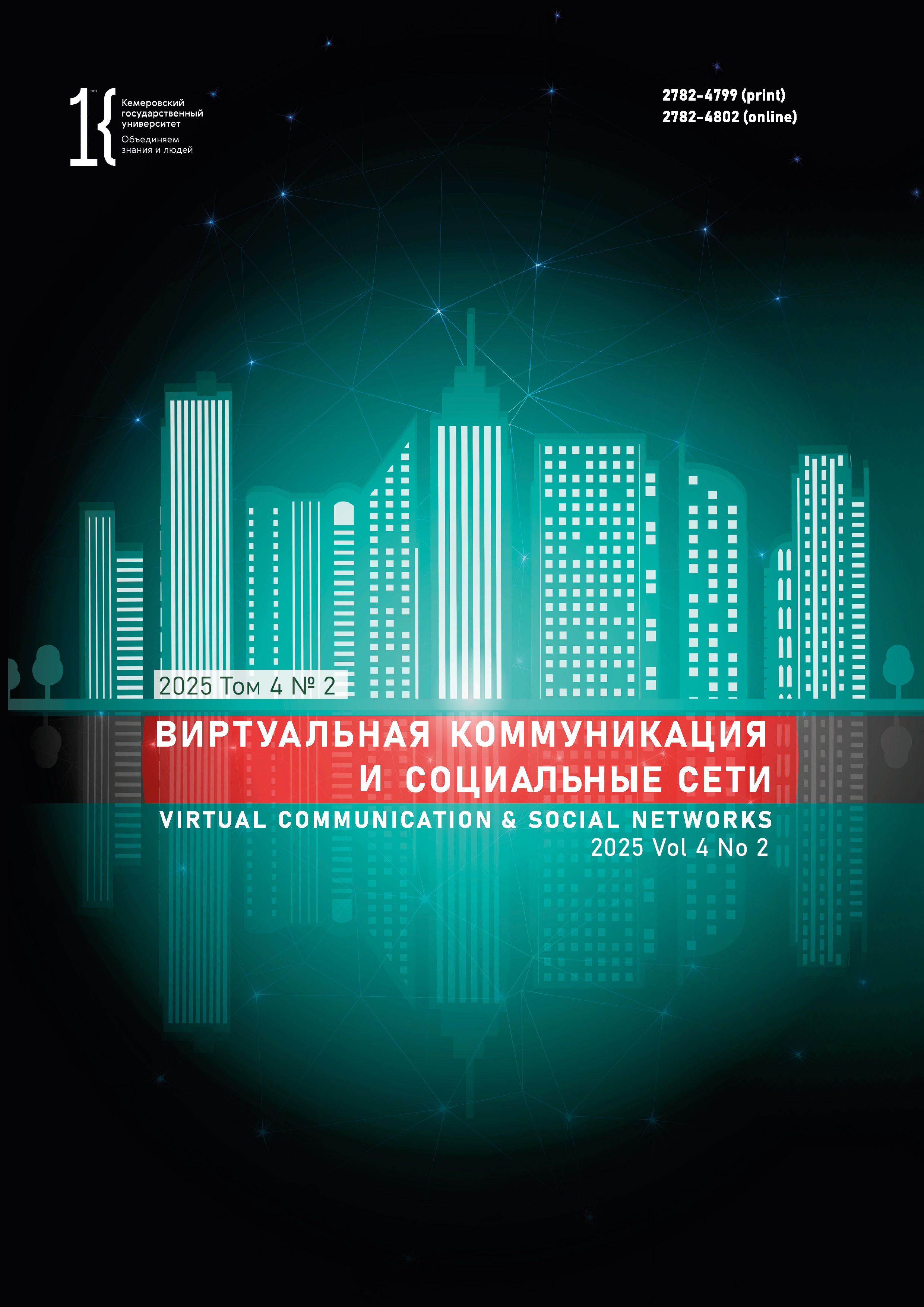Kemerovo, Russian Federation
Kemerovo, Russian Federation
VAK Russia 5.12.3
In the Age of Artificial Intelligence, computer-assisted translation and online translation programs have become the main focus of translation studies. The authors investigated machine-translated journalistic texts to reveal the potential of popular machine translation programs and markers of machine translation in political discourse. They compared the dictum and modal content of the original text with its translations made by Yandex Translate, DeepL, and Gemini. The fragments under analysis belonged to the interview that President Vladimir Putin gave to American journalist Tucker Carlson on February 9, 2024. The interview combined stylistically labeled lexical and phraseological units with neutral and bookish vocabulary. First, the original text was analyzed for linguistic factors that could affect the translation equivalence, i.e., lexical and grammatical complexity, contextual saturation, and cultural specificity. After that, the authors identified the technological parameters of the translation algorithms that determined the translation quality. The artificial intelligence programs demonstrated different degrees of machinability of translated texts, as well as different approaches to journalistic discourse with its cultural allusions, and idioms. Gemini proved successful in conveying dictum and modal meanings while DeepL and Yandex Translate demonstrated a word-for-word strategy.
machine translation, artificial intelligence, markers, journalistic discourse, translation studies
1. Aleshina O. I., Bronzova L. I. Peculiarities and difficulties of the political discourse translation. Sovremennye problemy prava, ekonomiki i upravleniia, 2019, (2): 13–23. (In Russ.) https://elibrary.ru/fmztlm
2. Antonova N. A., Kuzmich I. V. Comparative analysis: Machine vs human translation of educational scientific texts. Challenges and solutions. Discourse, 2024, 10(4): 82–92. (In Russ.) https://doi.org/10.32603/2412-8562-2024-10-4-82-92
3. Bakanova M. V. Issues of machine translation and training linguists-interpreters working with systems of automated translation. Problems of Computer Science in Education, Management, Economics, and Technology: Proc. XV Intern. Sci.-Tech. Conf., Penza, 12–13 Nov 2015. Penza: Privolzhskii Dom znanii, 2015, 154–157. (In Russ.) https://elibrary.ru/uydzex
4. Balli C. General linguistics and French language issues. Moscow: Izd-vo inostr. lit., 1955, 416. (In Russ)
5. Volkova E. V., Yakunin R. S. Comparative analysis of using neural networks in translation (for the example of English and Russian languages). Kazan Science, 2024, (9): 287–291. (In Russ.) https://elibrary.ru/rhyzzq
6. Golev N. D., Kim L. G. Dictum-modus pluralism in virtual dialogic discourse (based on Internet comments). Media Linguistics Journal, 2023, 10(1): 4–26. (In Russian) https://doi.org/10.21638/spbu22.2023.101
7. Goncharov V. V., Maltseva O. L. Analysis of the possibility of improving the quality of machine transfer based on the neural network technology. Human Capital, 2020, (1): 58–63. (In Russ.) https://doi.org/10.25629/HC.2020.01.06
8. Grebenyuk A. V. Towards building a taxonomy of machine translation errors: Versatility vs targeted approaches. Vestnik Moskovskogo Universiteta. Seriya 22. Theoria perevoda — Moscow University. Bulletin on Translation Studies. 2024, 17(2): 7–25. (In Russ.) https://doi.org/10.55959/MSU2074-6636-22-2024-17-2-7-25
9. Goodfellow I., Bengio Y., Courville A. Deep Learning. 2nd ed. Moscow: DMK, 2018, 652. (In Russ.)
10. Drozdova K. A. Machine translation: History, classification, methods. Vestnik Omskogo gosudarstvennogo pedagogicheskogo universiteta. Gumanitarnye issledovaniia, 2015, (3): 156–158. (In Russ.) https://elibrary.ru/ugwdad
11. Ermolaeva A. A. Polysemy in the context of neural machine translation. Molodoi uchenyi, 2020, (32): 175–177. (In Russ.) https://elibrary.ru/klausb
12. Zhivotova A. A., Berdonosov V. D. Perspective directions in the development of machine translation. Informatika i sistemy upravleniia, 2022, (2): 116–128. (In Russ.) https://elibrary.ru/tzdcvp
13. Kamshilova O. N., Beliaeva L. N. Machine translation in the age of digitalization: New practices, procedures and resources. Terra Linguistica, 2023, 14(1): 41–56. (In Russ.) https://doi.org/10.18721/JHSS.14105
14. Kim L. G. Multiple variability of modus meanings in addressees’ statements resultant from the conflict of interpretations (a case study of the "Dictionary of Kuzbass event concepts"). Sibirskii filologicheskii zhurnal, 2023, (3): 325–337. (In Russ.) https://elibrary.ru/lmoepq
15. Kolosova T. A. On dictum and mode in a complex sentence. Nauchnye doklady vysshei shkoly. Filologicheskie nauki, 1979, (2): 47–53. (In Russ.)
16. Koltsova D. A., Koltsov S. V. History and development of machine translation. Russkii iazyk i kultura v zerkale perevoda, 2019, (1): 130–135. (In Russ.) https://elibrary.ru/rigjad
17. Korolkova S. A., Novozhilova A. A. Efficiency of machine translation in urban discourse. Vestnik Volgogradskogo gosudarstvennogo universiteta. Seriya 2. Yazykoznanie, 2021, 20(3): 87–98. (in Russ.) https://doi.org/10.15688/jvolsu2.2021.3.8
18. Kotenko V. V. Prospects for development of neural machine translation in the context of the concept of open education. Uchenye zapiski universiteta imeni P. F. Lesgafta, 2020, (4): 225–230. (In Russ.). https://elibrary.ru/hpppec
19. Li J. Analysis of translate XI Jinping’s speech at the 20th National Congress of the Communist Party of China into Russian (by using the translation-oriented method). Vestnik Moskovskogo Universiteta. Seriya 22. Teorija Perevoda, 2023, 16(1): 25–42. (In Russ.) https://doi.org/10.55959/MSU2074-6636-22-2023-16-2-25-42
20. Lintsov L. A., Kuznetsova T. I., Babanina E. Yu. Neural translation: Brief history and perspectives. Uspekhi v khimii i khimicheskoi tekhnologii, 2023, 37(15): 90–92. (In Russ.) https://elibrary.ru/asmdjq
21. Minsky M. The society of mind. Moscow: AST, 2018, 592. (In Russ).
22. Minyar-Belorucheva A. P., Sergienko P. I. Digital translation of abbreviations in the field of public relations. Vestnik Moskovskogo Universiteta. Seriya 22. Teorija Perevoda, 2023, 16(1): 80–92. (In Russ.) https://doi.org/10.55959/MSU2074-6636-22-2023-16-1-80-92
23. Nagornyi I. A. To the question of the status of modal-persuasive qualification. Russian literary language: nomination, predication, expression, ed. V. V. Ledenev. Moscow: International Academy of Sciences of Pedagogical Education, 2002, 194–197. (In Russ)
24. Novikov A. V. Features and working principles of neural machine translation. Language. Culture. Communication: Study and learning: Proc. VII Intern. Sci.-Prac. Conf., Orel, 12–13 Oct 2023. Orel: OSU named after Turgenev; Kartush, 2023, 252–258. (In Russ.) https://elibrary.ru/tcverk
25. Novikov I. A. On the difficulties of translation of neologisms and lexical and phraseological units of various styles in Vladimir Putin’s public speeches: A case study of the French and English languages. Vestnik Moskovskogo Universiteta. Seriya 22. Teorija Perevoda, 2023, 16(4): 120–144. (In Russ.) https://doi.org/10.55959/MSU2074-6636-22-2023-16-4-120-144
26. Turaeva Z. Ya. Text linguistics and the category of modality. Voprosy Jazykoznanija, 1994, (3): 105–114. (In Russ.)
27. Shmeleva T. V. Semantic syntax: Lectures. Krasnoyarsk: KSU, 1988, 54. (In Russ.)
28. Shchipitsina L. Yu. Information technologies in linguistics. Moscow: Flinta, 2013, 128. (In Russ.) https://elibrary.ru/sdtldf
29. De Almeida G., O’Brien S. Analysing post-editing performance: Correlations with years of translation experience. Proceedings of the 14th Annual conference of the European Association for Machine Translation. Saint Raphaël: EAMT, 2010. URL: https://aclanthology.org/2010.eamt-1.19/ (accessed 10 Jan 2025).
30. Devlin J., Chang M.-W., Lee K., Toutanova K. BERT: Pre-training of deep bidirectional transformers for language understanding. Proceedings of the 2019 Conference of the North American Chapter of the Association for Computational Linguistics: Human Language Technologies, Volume 1 (Long and Short Papers). Minneapolis: ACL, 2019, 4171–4186. https://doi.org/10.18653/v1/N19-1423

















